Mr. Le Xuan Canh, Director of the Department of Agriculture and Environment of Dien Bien province, said: The smart rice farming model, reducing greenhouse gas emissions, is implemented by the Department of Agriculture and Environment in collaboration with the companies: NetZero Carbon; BSB Nanotech and Spiro Carbon (abbreviated as BNS) in the districts: Dien Bien, Muong Ang and Tuan Giao. The total area of the model is nearly 86 hectares (exceeding the plan by 26 hectares). Of which, Dien Bien district is 53 hectares; Muong Ang is 23 hectares and Tuan Giao is 10 hectares.
The entire smart rice cultivation area applies integrated plant nutrition management techniques, ensuring a balance of input and output nutrients; water withdrawal according to the alternate wet and dry (AWD) principle; integrated pest management (IPM) on the basis of Integrated Plant Health Management (IPHM).
Participating in the model, farmers are supported with: ECO-OK products; Cherry micronutrient fertilizers; microbial products; technology to measure methane emissions during rice cultivation and report the amount of CO2e emissions reduction converted and are trained in rice cultivation techniques to reduce greenhouse gas emissions.
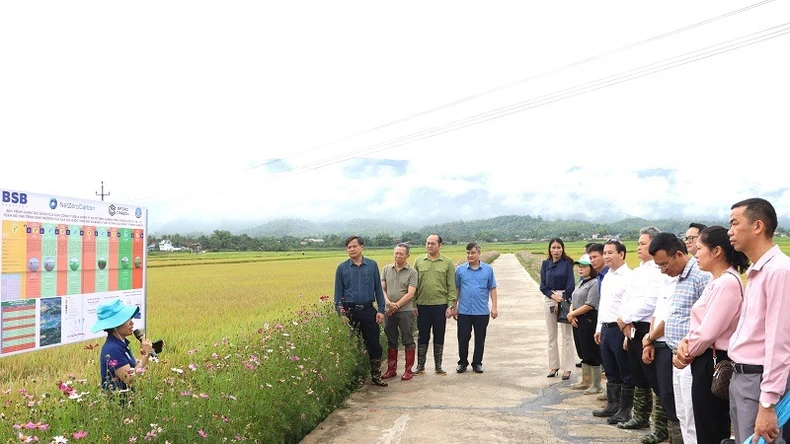 |
Leaders of the People's Committee of Dien Bien province and representatives of the Department of Agriculture and Environment, Dien Bien district evaluated the steps taken according to the smart rice farming process in Thanh Xuong commune, Dien Bien district. |
After one season of implementation, with the active support of agricultural staff and the efforts of farmers, the smart rice farming model to reduce greenhouse gas emissions has brought positive results.
Specifically, the yield of fragrant Dai Thom rice grown according to the model reached about 74.56 tons/ha (3 tons/ha higher); Seng-cu reached more than 51 tons/ha (5 tons/ha higher) compared to the traditional method. Carbon emissions were reduced by 2-3.5 tons/ha; in total, the model reduced 172 carbon credits.
The model not only reduces costs and increases productivity, but also helps farmers earn an additional income of about VND880,000/ha from selling carbon credits, increasing total income by VND4.8-9.3 million/ha. The model also contributes to protecting the field environment.
Representatives of households and leaders of districts with rice areas participating in the model all highly appreciated the effectiveness of the model; at the same time, they recommended that the Department of Agriculture and Environment, together with NetZero Carbon Company and BSB Nanotech, continue to support post-harvest straw treatment, promptly pay carbon credits and arrange funds to replicate the model in the next rice crops.
Source: https://nhandan.vn/mo-hinh-canh-tac-lua-thong-minh-giam-phat-thai-khi-nha-kinh-tai-dien-bien-dem-lai-loi-ich-kep-post880244.html


![[Photo] Prime Minister Pham Minh Chinh attends the event "Digital transformation of the banking industry by 2025"](https://vphoto.vietnam.vn/thumb/1200x675/vietnam/resource/IMAGE/2025/5/29/0e34cc7261d74e26b7f87cadff763eae)

![[Photo] Prime Minister Pham Minh Chinh receives leaders of Excelerate Energy Group](https://vphoto.vietnam.vn/thumb/1200x675/vietnam/resource/IMAGE/2025/5/29/c1fbe073230443d0a5aae0bc264d07fe)
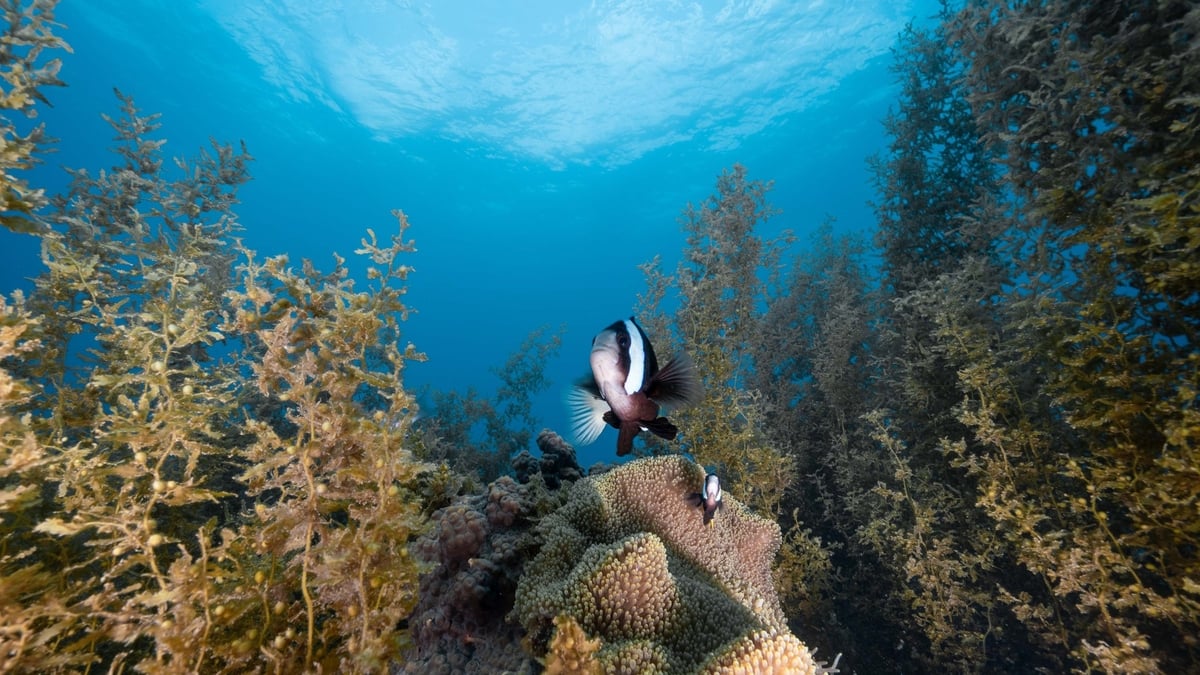

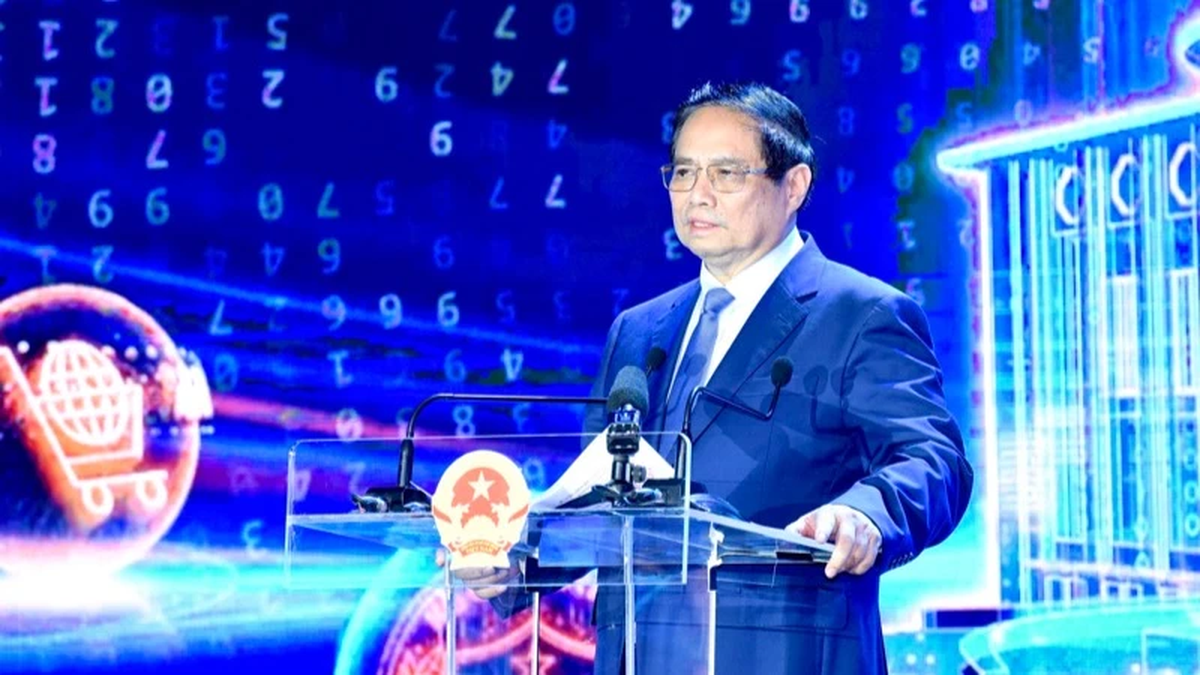
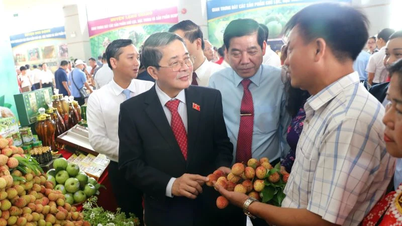
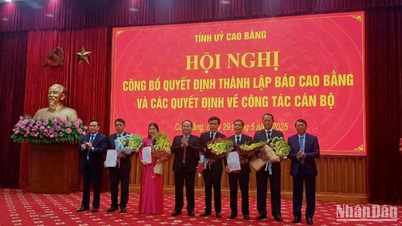
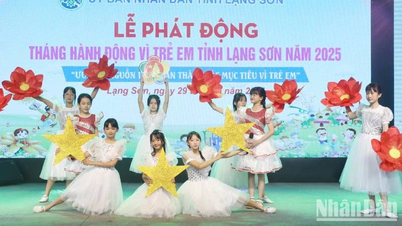
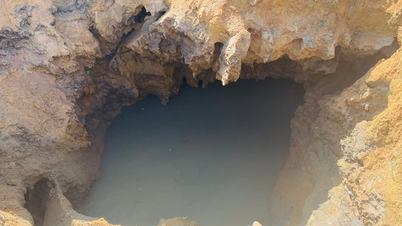
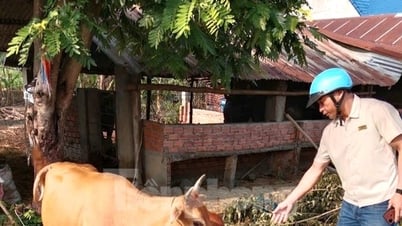

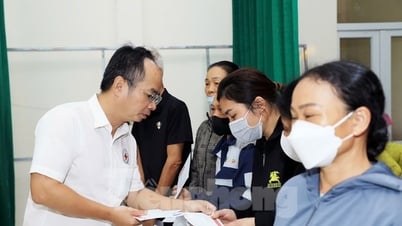





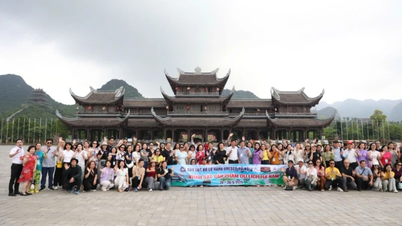

![[Photo] Prime Minister Pham Minh Chinh attends the event "Digital transformation of the banking industry by 2025"](https://vphoto.vietnam.vn/thumb/402x226/vietnam/resource/IMAGE/2025/5/29/0e34cc7261d74e26b7f87cadff763eae)

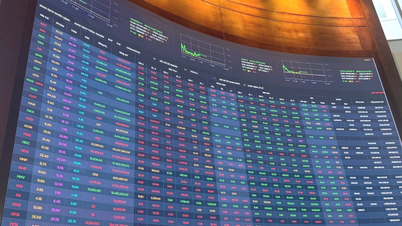
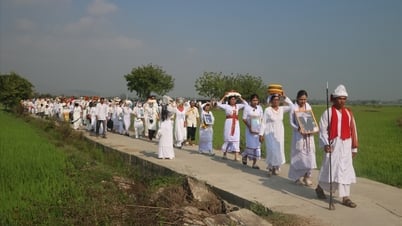











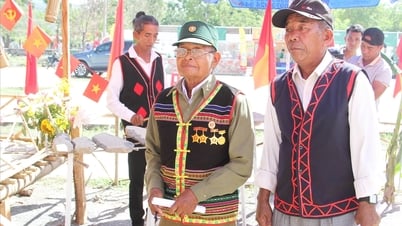








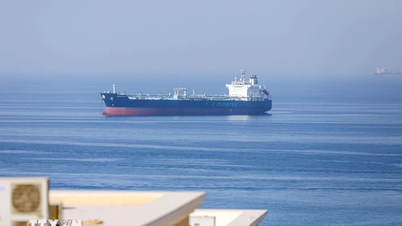





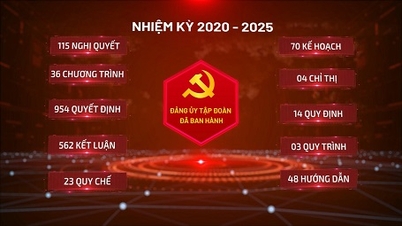


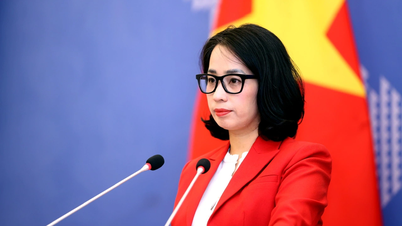


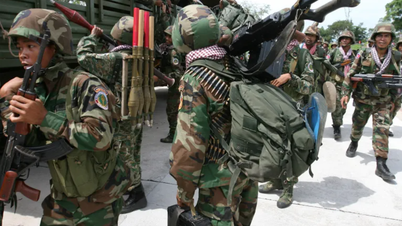




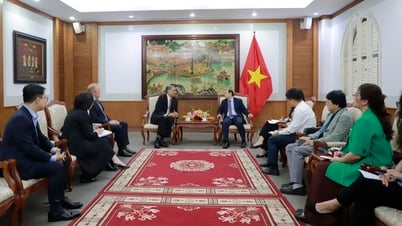
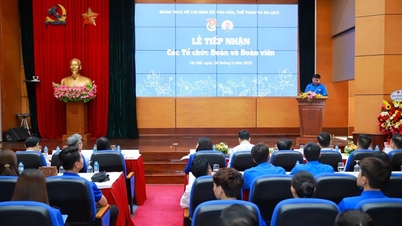

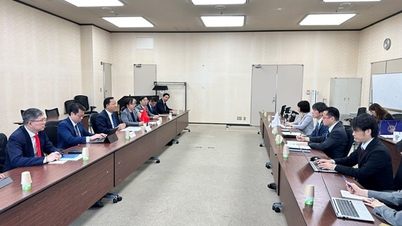

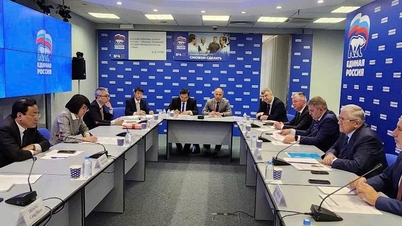

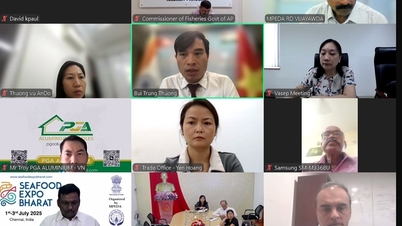
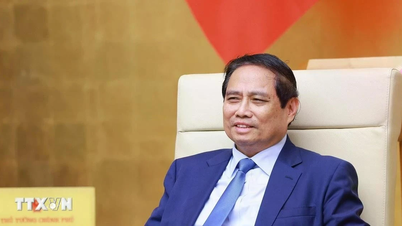

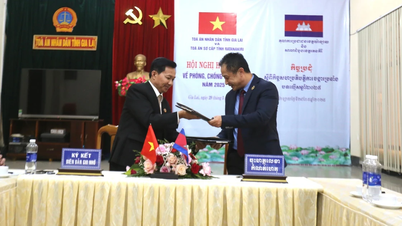


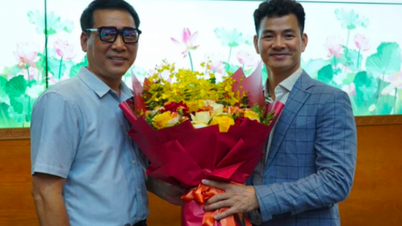

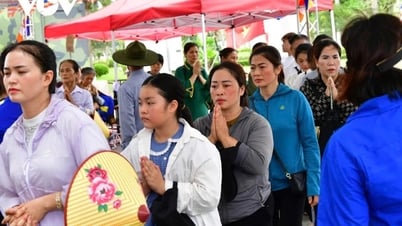

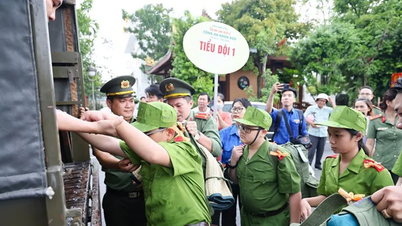
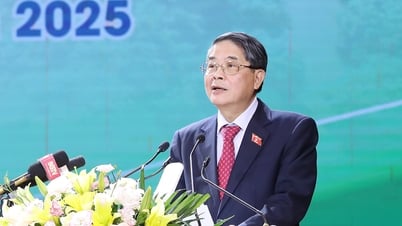







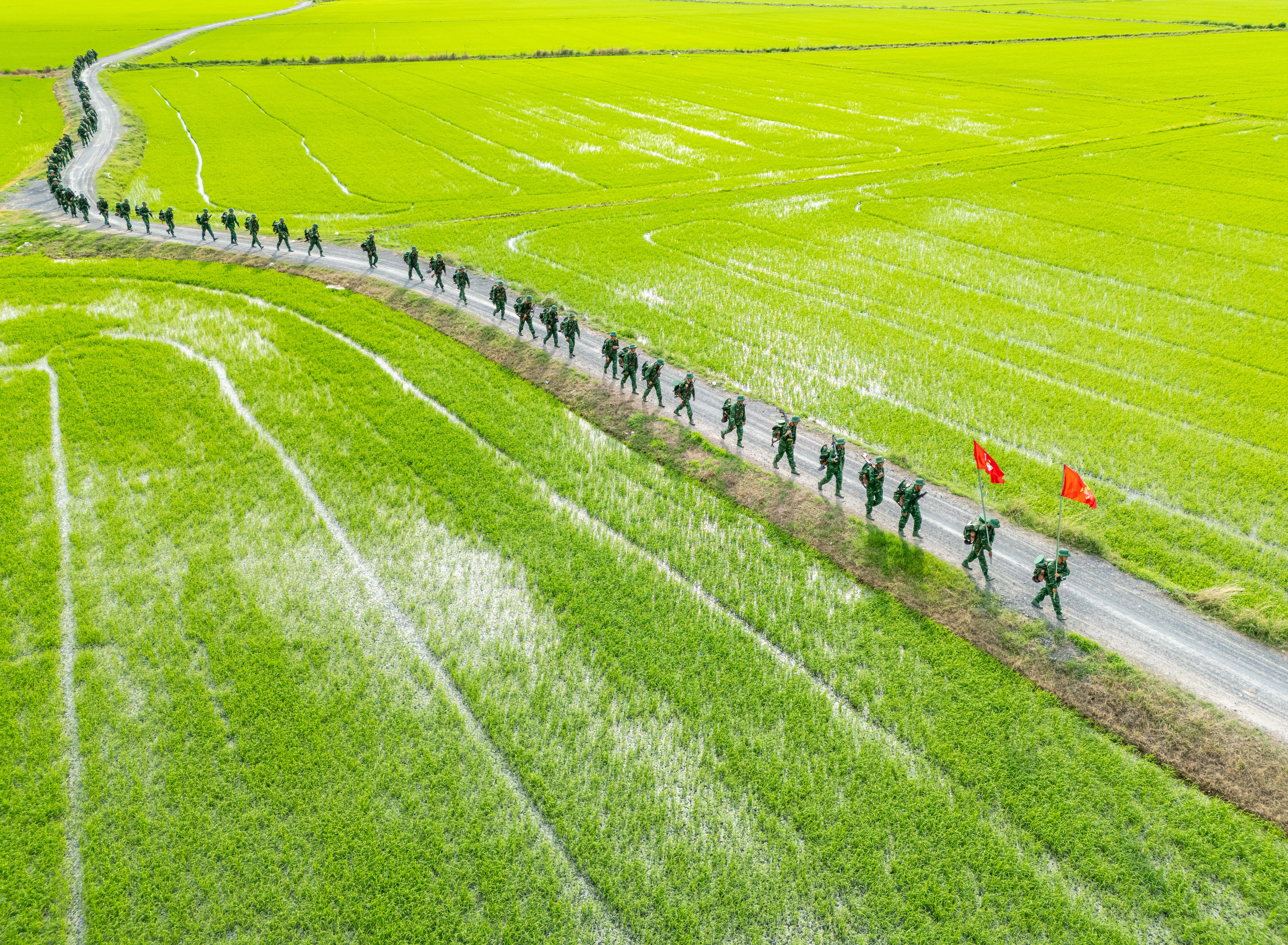
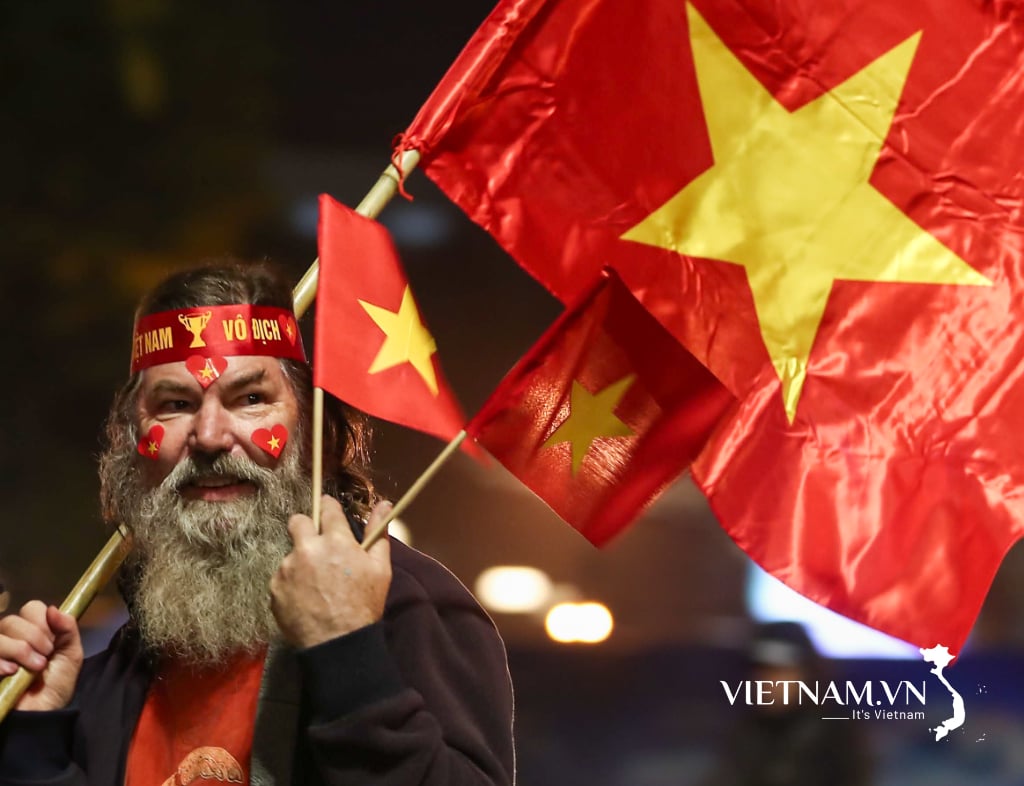
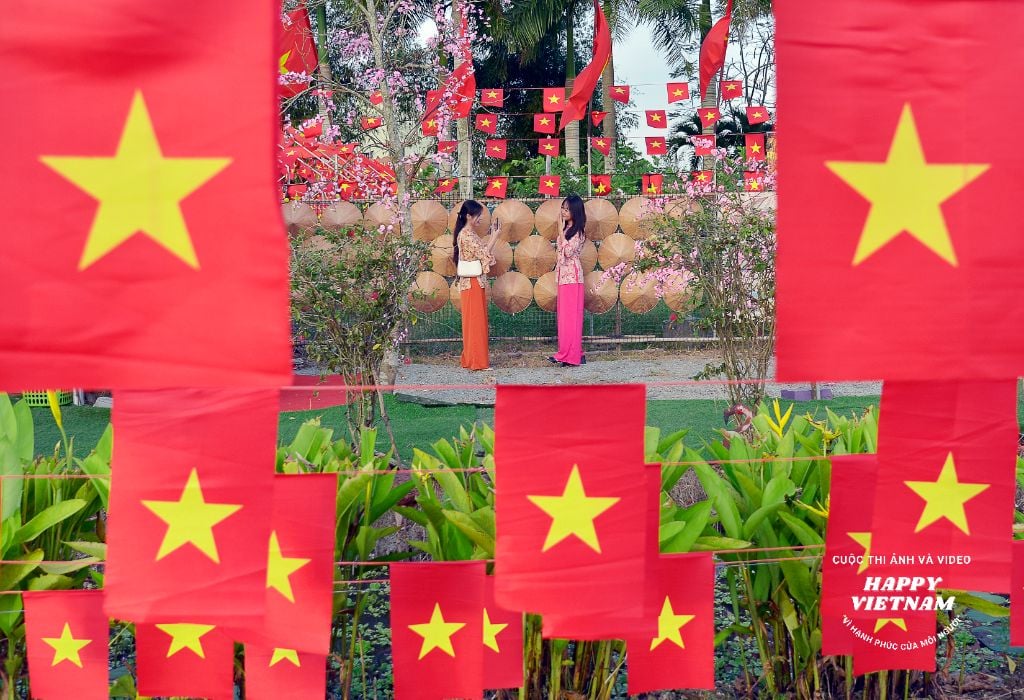
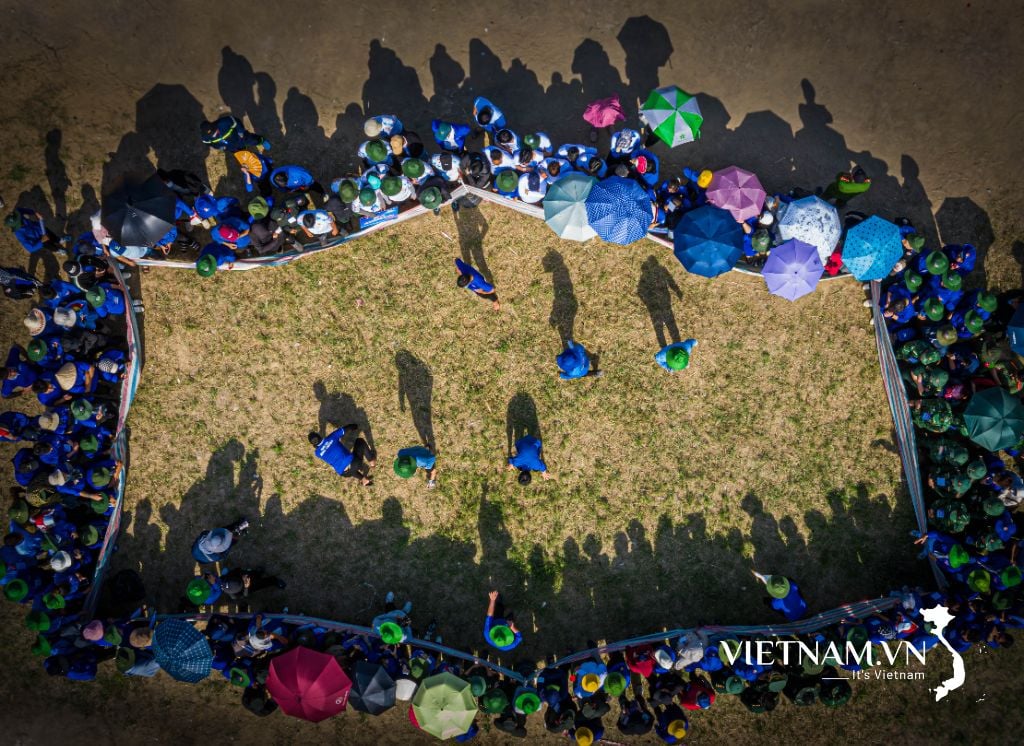
Comment (0)